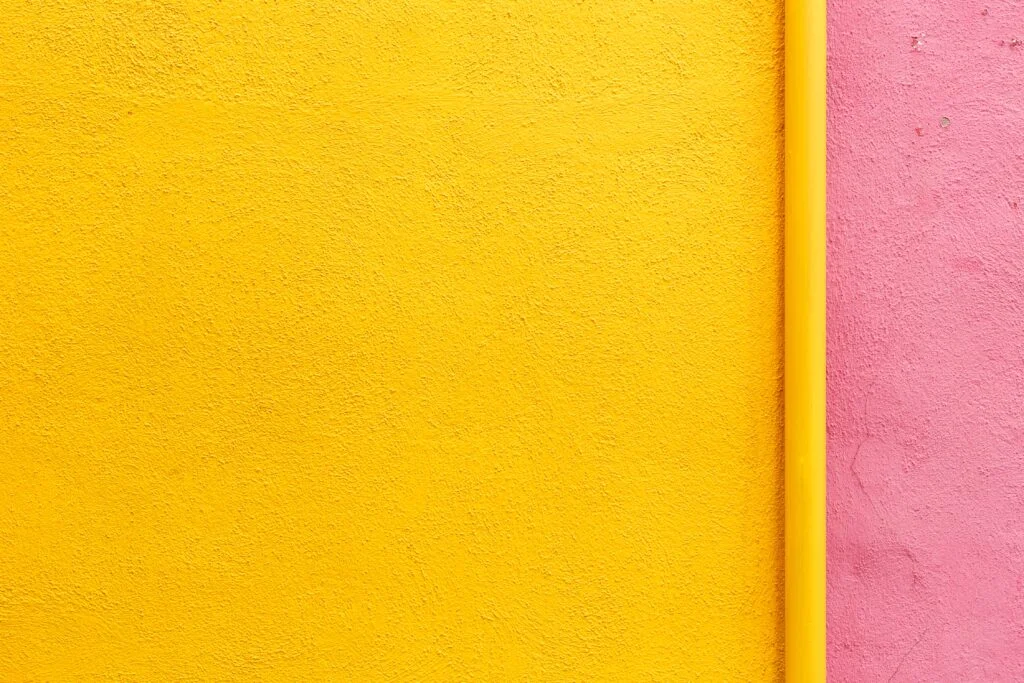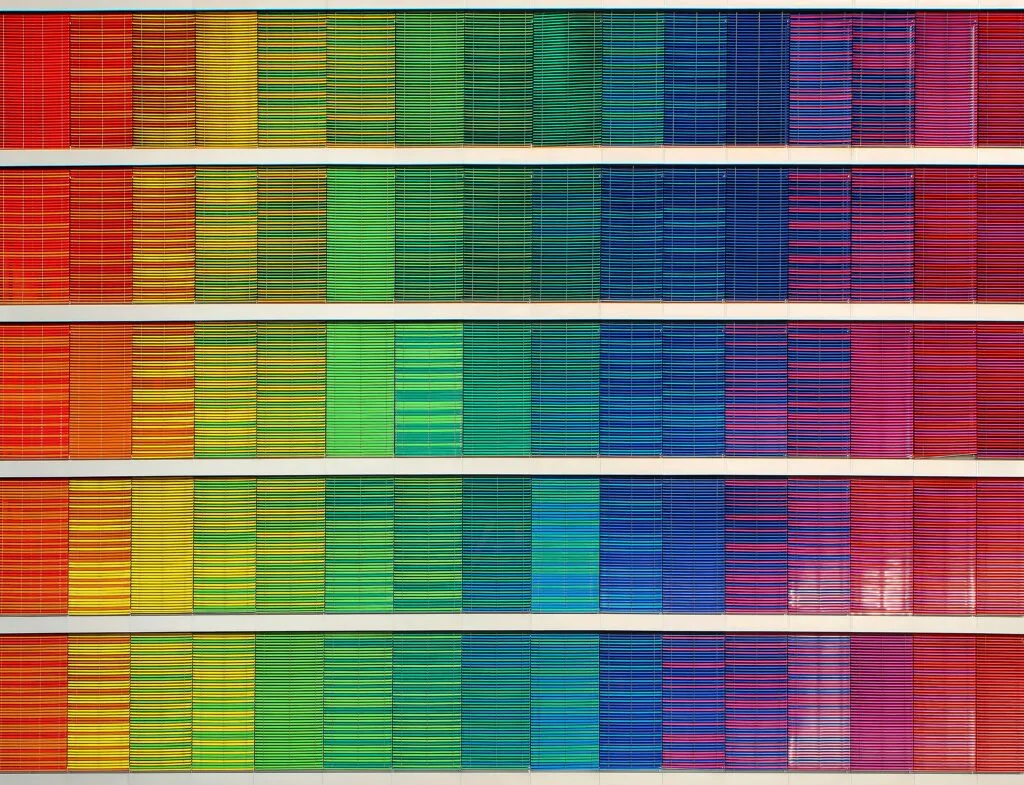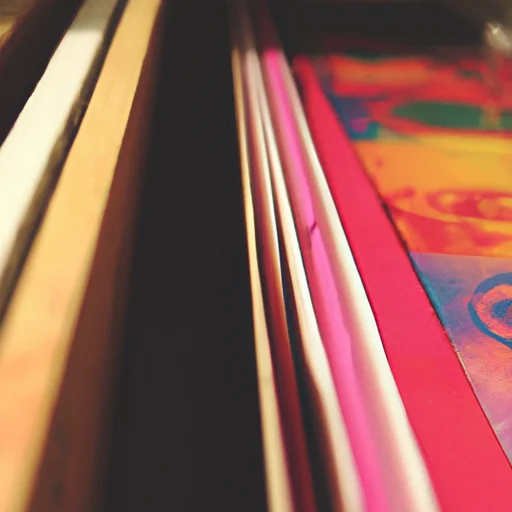Anxiety can often be influenced by our surroundings, and one factor that may contribute to feelings of unease is the colors we’re exposed to. While we all have different individual experiences, certain colors have been found to have a higher likelihood of triggering anxiety in many people. Understanding these colors and their impact can help us create more calming and soothing environments that promote emotional well-being. In this article, we explore the connection between colors and anxiety, uncovering which hues may be causing us unnecessary worry.
What Colors Trigger Anxiety?
Table of Contents
Colors and their psychological impact
Understanding the connection between colors and emotions
Colors play a significant role in shaping our emotions and influencing our mood. They have the power to evoke various feelings and reactions within us. This connection between colors and emotions has been a subject of interest for researchers, psychologists, and designers alike. Understanding how colors affect our psychological state can provide valuable insights into the ways we can create environments that promote well-being and alleviate anxiety.
The influence of colors on our moods
Colors have the ability to evoke specific emotions and can greatly impact our moods. While some colors promote feelings of calmness and tranquility, others may increase levels of anxiety and stress. It is essential to recognize the influence of colors on our moods and take this into consideration when designing spaces or choosing the colors we surround ourselves with.
Research on how colors affect anxiety levels
Extensive research has been conducted to explore the relationship between colors and anxiety levels. Studies have shown that different colors can have varying effects on our anxiety levels, both positively and negatively. By understanding these effects, we can tailor our environments to reduce anxiety and promote a sense of calm. Let’s delve into some specific colors and their impact on anxiety.
Anxiety-inducing colors
Bright and intense colors
Bright and intense colors like red, yellow, and orange can often trigger feelings of anxiety. These colors are highly stimulating to our senses and can evoke a sense of excitement or restlessness, which can exacerbate feelings of anxiety. The boldness of these colors can be overwhelming, particularly when used in large amounts or in spaces where relaxation is desired.
Contrasting colors
Colors that sharply contrast with one another, such as black and white, can also contribute to higher levels of anxiety. The stark contrast can create a sense of tension and unease, which is not conducive to a calm environment. When considering color combinations, it is important to strike a balance and avoid excessive contrast that may heighten anxiety.
Neutral and muted colors
On the other hand, neutral and muted colors, such as gray and muted pastels, have a more calming effect on our minds and nervous system. These colors create a sense of tranquility and can help to alleviate anxiety. They provide a more subdued and peaceful backdrop, allowing our minds to relax and find respite from the demands of daily life.

Red: The color of intensity
Associations between red and anxiety
Red is a color often associated with intensity and strong emotions. It is known to increase heart rate and blood pressure, making it a color that can heighten anxiety levels. The vibrant and stimulating nature of red can evoke feelings of urgency and unease.
Effects of red on physiological responses
Research has shown that exposure to the color red can have physiological effects on our bodies. It stimulates the release of adrenaline, leading to increased feelings of anxiety and stress. This physiological response to red may explain why it is often viewed as an anxiety-inducing color.
Cultural variations in the perception of red as anxiety-inducing
It is important to consider cultural factors when exploring the impact of colors on anxiety levels. While red is generally associated with intensity and anxiety across cultures, the degree of association may vary. For example, in some cultures, red is also seen as a color of luck and prosperity. These cultural variations influence how individuals perceive and react to the color red in relation to anxiety.
Yellow: The color of energy
Impact of yellow on anxiety
Yellow is often associated with energy and brightness. It is a color that can be both uplifting and anxiety-inducing, depending on the context and individual. While yellow can promote feelings of optimism and happiness, its intense nature can sometimes overwhelm and induce anxiety.
Yellow as a symbol of caution and warning
Yellow is commonly used as a color of caution or warning, such as in road signs and caution tapes. This association with potential danger can contribute to its anxiety-inducing properties. When individuals encounter yellow in contexts where they perceive a threat or potential harm, it can trigger feelings of anxiety and unease.
Individual differences in reactions to yellow
Individuals may have different reactions to the color yellow based on personal experiences and preferences. Some may find yellow to be energizing and mood-lifting, while others may feel overwhelmed or anxious. These individual differences highlight the subjective nature of color perception and its impact on anxiety levels.

Orange: The color of excitement
Links between orange and anxiety
Orange is a color known for its association with excitement and enthusiasm. However, its vibrant and stimulating nature can also contribute to increased levels of anxiety. The intensity of orange can create a sense of restlessness and agitation, which may heighten anxiety levels in certain individuals.
Orange as a color that promotes activity and stimulation
Orange is often used in environments where activity and stimulation are desired, such as gyms or creative spaces. While this color can help to promote productivity and engagement, it can also push individuals towards increased anxiety if they are seeking relaxation or a sense of calm.
The role of personal experiences in the perception of orange
Personal experiences and associations with the color orange can influence its impact on anxiety levels. For example, someone who had a negative experience while surrounded by the color orange may develop an aversion or heightened anxiety response to it. Understanding these individualized reactions to color can aid in creating environments that minimize potential triggers for anxiety.
Green: The color of balance
The calming effects of green
Green is often regarded as a calming color that promotes a sense of balance. It is associated with nature, growth, and harmony, which can have a soothing effect on the mind and body. Being surrounded by shades of green can help to alleviate anxiety and create a tranquil environment.
Positive associations with nature and relaxation
Green is closely linked to nature, and research has shown that exposure to natural environments can have a positive impact on mental health and well-being. Being in nature or incorporating green elements into interior spaces can create a sense of relaxation and reduce anxiety levels.
Cultural interpretations of green in relation to anxiety
Cultural interpretations of green can influence its impact on anxiety levels. In some cultures, green may be associated with luck and prosperity, while in others, it may be linked to jealousy or illness. These variations in cultural interpretations shape how individuals perceive and react to the color green in relation to anxiety.

Blue: The color of tranquility
The soothing properties of blue
Blue is often seen as a color that promotes tranquility and calmness. It has a naturally soothing effect on our minds, making it an ideal color for spaces where relaxation is key. The coolness of blue creates a sense of serenity that can help to alleviate anxiety.
Associations between blue and emotional stability
Blue is also associated with feelings of stability and emotional well-being. It has been found to reduce feelings of stress and promote a sense of security. When individuals are exposed to blue, it can elicit a sense of calm and help to regulate emotions, leading to lower anxiety levels.
Cross-cultural differences in the perception of blue
The perception of blue can vary across different cultures due to varying associations and symbolism. For example, in Western cultures, blue is often associated with trust and reliability, while in some Eastern cultures, it may be linked to mourning. These cross-cultural differences impact how individuals interpret and respond to the color blue in relation to anxiety.
Purple: The color of mystery
Psychological impact of purple on anxiety
Purple is a color often associated with mystery, spirituality, and creativity. Its deep hues can evoke a sense of intrigue and heightened emotions. While purple can be perceived as calming by some, it may also induce feelings of unease and anxiety in others due to its association with the unknown.
Perceptions of purple as ambiguous and mysterious
The ambiguity of purple contributes to its psychological impact on anxiety. Its connection to the unknown can create a sense of uncertainty and discomfort for some individuals. Purple’s rich and deep hues can be overwhelming, leading to a heightened state of anxiety.
Socio-cultural influences on the interpretation of purple
Socio-cultural factors shape the interpretation of purple and its impact on anxiety levels. Different cultures may attribute varying symbolism and associations to the color purple. For example, in Western cultures, purple is often associated with royalty and luxury, while in some cultures, it may be linked to spirituality or mourning. These socio-cultural influences affect the way individuals perceive and react to purple in relation to anxiety.

Black: The color of darkness
Negative connotations of black and anxiety
Black is a color associated with darkness and negativity. It is often perceived as a color that represents the unknown, danger, and uncertainty. Its strong association with negativity can contribute to increased anxiety levels when individuals are exposed to large amounts of black or in situations where they perceive a threat or lack of control.
Black as a symbol of danger and uncertainty
Black is commonly associated with danger and is often used to symbolize caution or warning. This association with potential harm or uncertainty can heighten anxiety levels when individuals encounter black in their surroundings. The color black can evoke a sense of unease and keep individuals alert and vigilant.
The role of personal associations in coloring perceptions
Personal associations and experiences with the color black influence its impact on anxiety levels. For some individuals, black may evoke memories or emotions associated with negative experiences, leading to heightened anxiety in its presence. Understanding these personal associations allows for a more comprehensive understanding of the individualized impact of color on anxiety.
Gray: The color of neutrality
The impact of gray on anxiety
Gray is often seen as a neutral and non-threatening color. It has a calming effect on our senses and can help to reduce anxiety levels. Gray offers a sense of stability and neutrality, creating a backdrop that allows individuals to focus on other elements in their environment without being overwhelmed.
Gray as a color associated with ambiguity
Gray is often associated with ambiguity and can elicit mixed emotions from individuals. While some may find gray calming, others may perceive it as dull or uninspiring. The neutral nature of gray leaves room for interpretation and personal experiences to shape its impact on anxiety levels.
Personal preferences and subjective interpretations of gray
Personal preferences and subjective interpretations greatly influence how individuals perceive and react to the color gray in relation to anxiety. Some individuals may find comfort and tranquility in gray, while others may interpret it as a color that lacks vibrancy and energy. Understanding personal preferences allows for a more tailored approach when using gray in the design of environments aimed at reducing anxiety.
In conclusion, colors have a profound impact on our psychological state, including anxiety levels. Bright and intense colors, contrasting colors, and certain shades like red and yellow can increase levels of anxiety, while neutral and muted colors such as green and blue have a calming effect. The interpretation and reaction to colors vary among individuals due to personal experiences and cultural influences. By understanding the psychological impact of colors, we can create environments that promote emotional well-being and alleviate anxiety.


